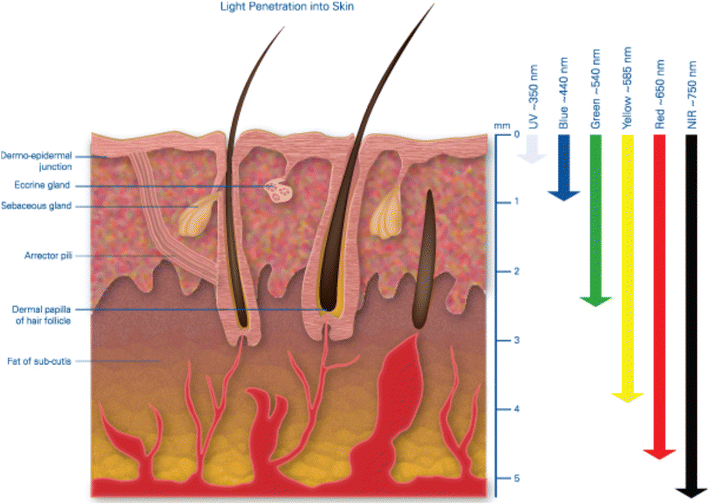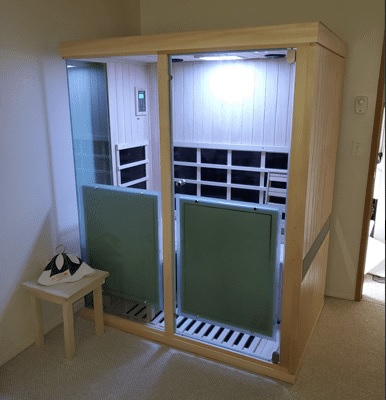
How Does an Infrared Sauna Actually Work?
Have you ever wondered how an infrared red sauna actually works and why infrared saunas feel so different to traditional ones?
Well, while traditional saunas heat up the air around you, infrared saunas use special heaters to send radiant heat straight to your body without the need to warm the air. But how does it happen exactly and what makes it stand out?
Let’s dive into the mechanics of infrared saunas to understand how they work and what benefits they can provide you as a result.
Infrared Saunas – How Do They Work?
Simply put, infrared saunas work by using infrared heaters to emit infrared light.
When activated, infrared heaters emit invisible light that penetrates the skin, gently heating the body from within to induce sweating.
The heat from the light penetrates the skin more deeply than that of a traditional sauna, causing your core temperature to rise, which heats the body from within and brings with it a multitude of health benefits.
The infrared heat helps to relax muscles and improve circulation. With better circulation, your skin gets more oxygen and nutrients while flushing out toxins. It’s like giving your body a refreshing, revitalising boost without suffering the intense heat of a traditional sauna.

The Science Behind Infrared Heat
Infrared saunas use a type of energy called infrared radiation, which has longer wavelengths than visible light. There are different types of infrared radiation: near-infrared (NIR), mid-infrared (MIR), and far-infrared (FIR). Infrared saunas mainly emit far-infrared (FIR) because of their therapeutic qualities.
Far infrared radiant heat is effectively absorbed by the moisture in our skin. This wavelength is ideal for sauna use, as it provides a full-body radiant heat treatment, raises the body’s core temperature, boosts the immune system, and encourages a cleansing detoxifying sweat.
Each of our infrared saunas are also fully equipped with a large heater placed directly in front of you on the front wall, providing true 360 Degrees of Surround Infrared Heat.
The Key Benefits
Now that we know the basic principles of how they work, let’s explore some of the benefits of infrared saunas over traditional saunas:
Lower operating temperatures
This can, in many cases, become the deciding factor when choosing between infrared and steam saunas and the key to a comfortable sauna experience. Many people find it difficult to breathe in the extreme heat that comes with a traditional sauna. Infrared saunas operate at lower temperatures and reduced humidity. This allows for longer, more enjoyable sessions, increasing health benefits overall.
Deeper penetration
Infrared radiation penetrates deeper into the skin compared to the warm air of traditional saunas. This deeper skin penetration can result in improved circulation, enhanced detoxification and better muscle relaxation.
Increased sweat production
It’s interesting to note that despite the lower temperatures, infrared saunas can actually induce a more profuse sweat compared to that of traditional saunas. This increased sweating can help rid the body of toxins and impurities and promote skin health.
Overall, choosing an infrared sauna can provide a more comfortable, effective, and enjoyable sauna experience while potentially offering a range of health benefits.
Conclusion
In summary, infrared saunas utilise infrared heaters to emit heat that penetrates the skin directly, whereas traditional saunas heat the air around you to create a warm environment. This distinction in heating mechanisms ultimately results in unique experiences and benefits for users of both types of saunas.
From the gentle yet penetrating heat of infrared radiation to the deeper detoxification and relaxation benefits it provides, it’s clear that infrared saunas offer a unique, safe and effective way to support overall well-being.
Check out our sauna range today!
